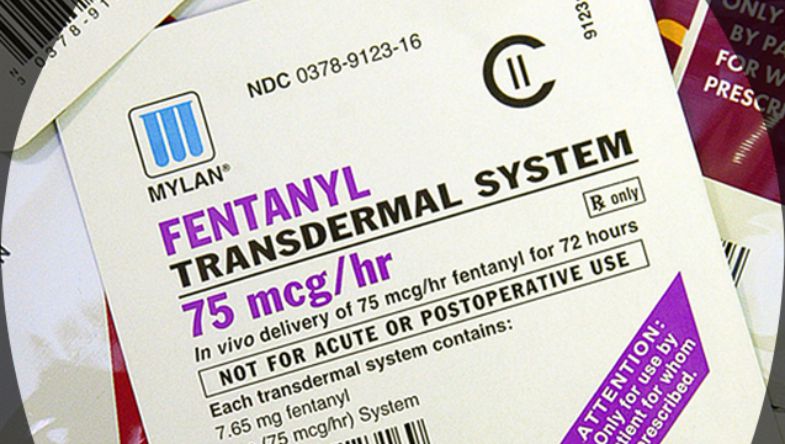
21 Dec ‘Deadliest drug in America’ spikes in Milwaukee overdose deaths
While much is made of violent crimes in Milwaukee, there is another killer taking more lives than homicide: the synthetic opioid fentanyl. It’s become so prevalent, the Centers for Disease Control and Prevention earlier this month labeled fentanyl the deadliest drug in America.
“It’s more potent than morphine, it’s more potent than heroin,” said Sara Schreiber, the forensic technical director for the Milwaukee County Medical Examiner’s Office, “It’s a nationwide problem. Nobody has been left out of the circle on this one. The entire nation is suffering.”
In her daily work, Schreiber sees the suffering firsthand on Milwaukee streets.
The office, she said, has seen a slight decrease in the overall number of overdose deaths in Milwaukee, but a sharp increase in fentanyl playing a role.
In 2016, the medical examiner handled 294 overdose deaths in Milwaukee County, records show. A third of those, or 97, involved fentanyl alone or in combination with other drugs. In 2017, the office saw 337 overdose deaths in the county. There were 188 or 55 percent that had a fentanyl presence. As of Tuesday, the records show, the office had only recorded 245 overdose deaths. However, 60 percent, or 149 were tied to fentanyl use.
“That increased potency makes it that much more toxic if not fatal for folks that are using, especially if they don’t realize what concentration they’re being exposed to,” Schreiber said.
Milwaukee’s numbers follow a national upward trend that shows a sharp increase in fentanyl-related overdose deaths.
According to the CDC report, in 2013, fentanyl was the drug found the least in overdose deaths compared to heroin, methadone, morphine, oxycodone and hydrocodone. By 2016, the report shows, fentanyl had spiked to the top of the list, ranking above heroin as the leading drug found in overdose deaths.
When asked what officials saw as a cause for the rapid rate increase, Schreiber said, “It’s very available. It’s cheap. It’s easy for them to get. It’s easy to mix into things. It gives a real volume of potency for a small volume of drug.”
The number she said was equally alarming is the exponential reach of the families fentanyl affects.
“It’s touched so many lives, whether it’s been an individual as a user (or) their loved ones, their family members, their friends, their neighbors, their co-workers. Everybody seems to be touched by this epidemic.”
As the Medical Examiner’s Office continues to track the unfortunate tally, there is a concentrated effort to fight the drug problem plaguing the region.
“Since the Task Force began its work 18 months ago, we have seen some positive developments that are encouraging, but we need to continue to work collaboratively to address this epidemic,” task force co-chair Alderman Michael J. Murphy said.
“These community-driven and focused recommendations are necessary to evoke true change including the need to address the Social Determinants of Health,” Milwaukee Health Department Commissioner Dr. Jeanette Kowalik said in a prepared statement for the Task Force report. “We are committed to reframing addiction as a disease — barriers to recovery must be eliminated.”
[ad_2]
Source link




No Comments